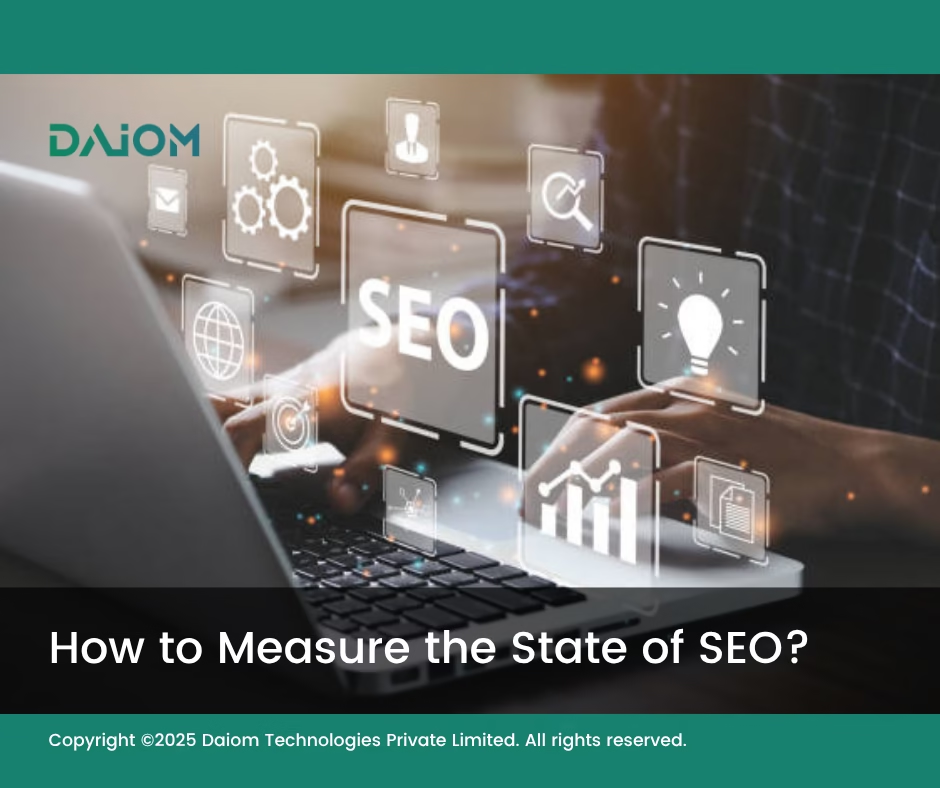Today, many brands depend heavily on paid ads, with nearly 70–80% of their traffic coming from these campaigns rather than from organic sources. But this isn’t sustainable in the long run.
A strong SEO strategy helps break this dependence by bringing in steady, free traffic from search engines over time.
Read more – Your Ultimate Guide to the Must-Have SEO Tools
Moreover, the SEO principles we use to optimize for Google also work well for other search engines like Bing, Yahoo, and DuckDuckGo. After all, these platforms use similar signals—such as quality content, structured data, mobile-friendliness, and user experience—to rank pages.
But why focus on Google first?
Because it dominates global search with over 90% market share, while Bing holds around 3%, and the rest is split among smaller players.
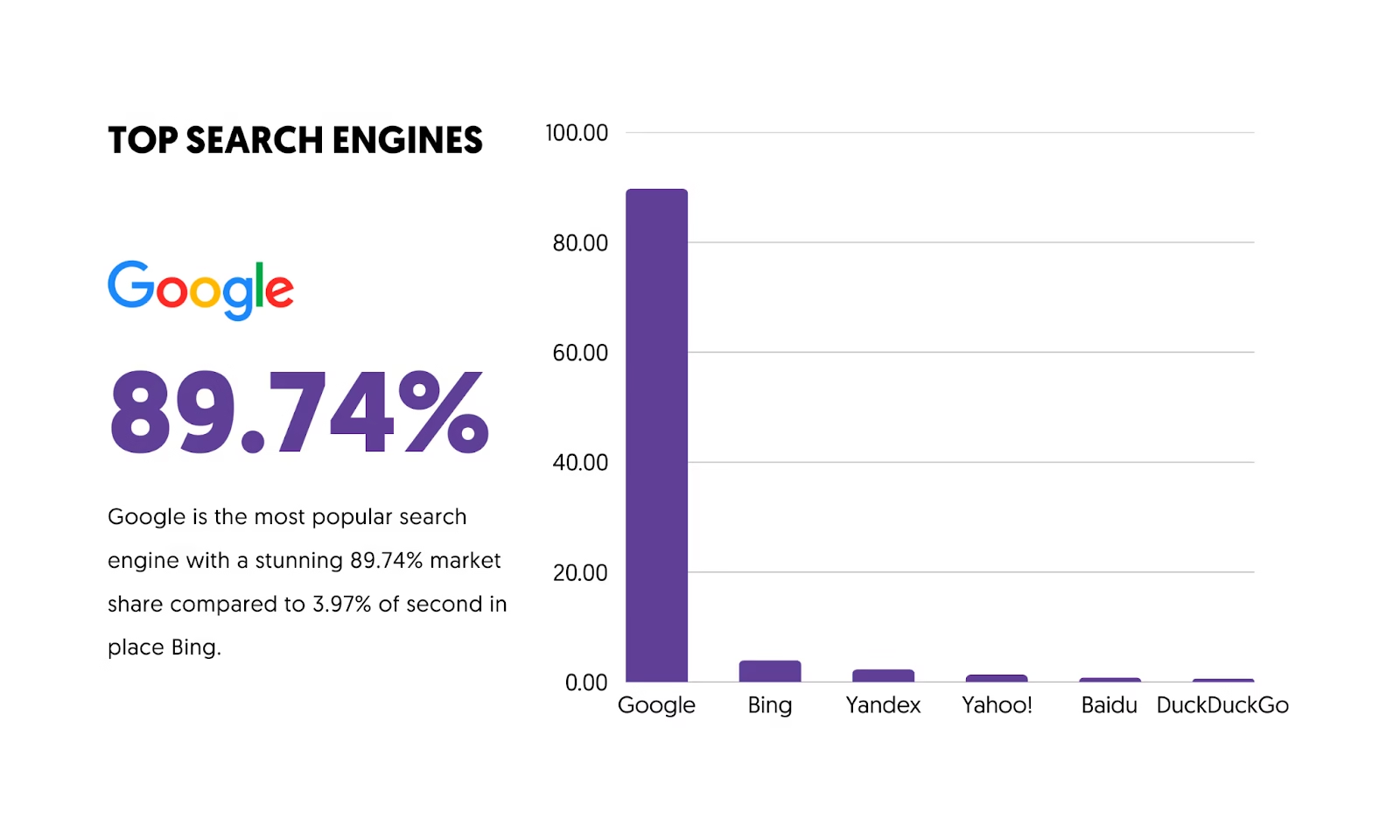
This means that getting SEO right on Google delivers the highest impact. Read this blog to learn how to build long-term, organic growth through SEO.
“What works for Google works everywhere — because search engines may differ, but the principles of good SEO remain the same. But with Google owning over 90% of the market, it’s where impact matters most."
Table of Contents
1. Why Does SEO Still Matter?
Brands today are feeling the pressure of rising digital ad costs. Every click costs more than before, making customer acquisition expensive and less sustainable.
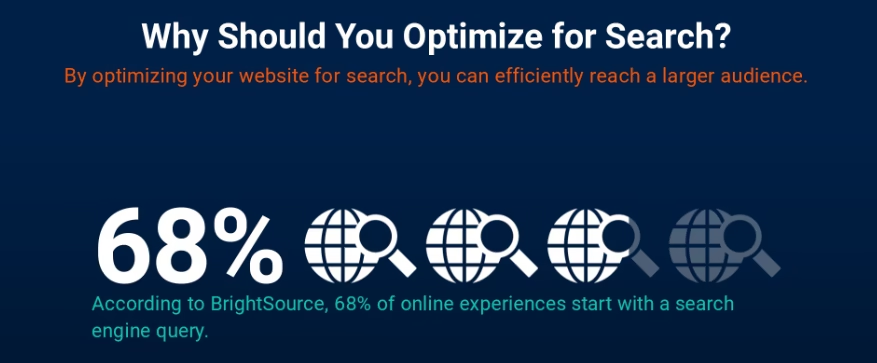
Relying only on paid media is no longer enough for long-term growth. This is why SEO is becoming even more important. It offers a cost-effective, lasting way to drive traffic and build brand credibility.
Here’s why SEO should be a priority:
- Paid Media Costs Are Rising: Advertising spends are increasing every year, leading to higher Customer Acquisition Costs (CAC).
- SEO Drives Sustainable, Low-Cost Growth: SEO brings organic traffic without ongoing cost per click. Content and backlinks continue to deliver value over time, offering compounding returns.
- Organic Visitors Have Higher Purchase Intent: Users who search and find your site organically are actively looking for solutions, making them more likely to convert than those reached via ads.
- Google Remains the Key Search Platform: With nearly 90% global search market share, Google is still the most critical platform to optimize for visibility.
2. Key Metrics to Track to Measure SEO Success
SEO is like building a habit—you can’t expect results overnight. It needs time, regular effort, and careful planning. But there’s one thing many brands forget along the way: checking if all that effort is paying off.
You might be writing blogs, adding keywords, building backlinks—but do you really know if these are helping your business grow? Are more people visiting your site? Are they staying, clicking, or even buying something?
If you don’t measure your SEO performance, you’re going nowhere. You won’t know what’s working well or what needs fixing. You might keep doing the wrong things without realizing it.
That’s why tracking the right SEO numbers is so important.
So what exactly should you check?
Here are the key things that tell you whether your SEO is helping your business or not:

Clicks: Tells you how many users actually clicked on your link from search results. This reflects how well your titles and descriptions are attracting attention and traffic.
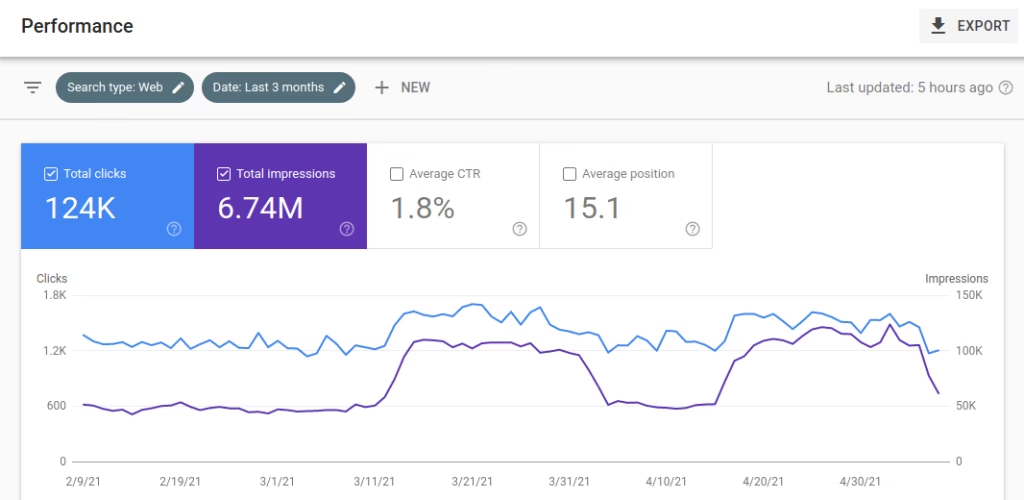
Impressions: Impressions show how often your pages appear in Google search results. A growing number of impressions means your site is ranking for more keywords and gaining visibility.

Click-Through Rate (CTR): The ratio of clicks to impressions. A low CTR, even with high impressions, suggests that your page titles or meta descriptions may need improvement to grab user interest.

Keyword Rankings: Tracks how your target keywords are performing in search positions. Higher rankings, especially in the top 3 spots, drive more clicks and better visibility.
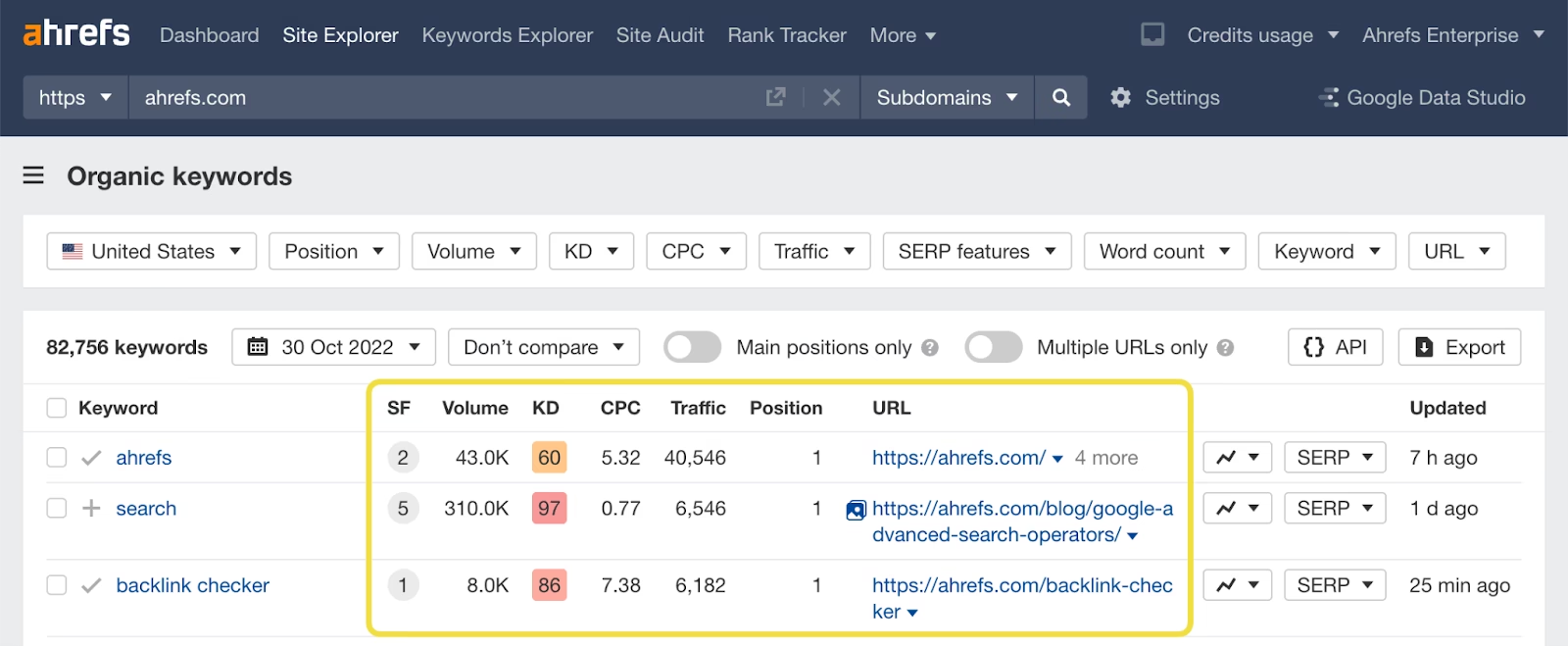
Backlinks: Counts the number and quality of external sites linking to your pages. Backlinks are like votes of trust—strong, reputable links boost your site’s authority and rankings.
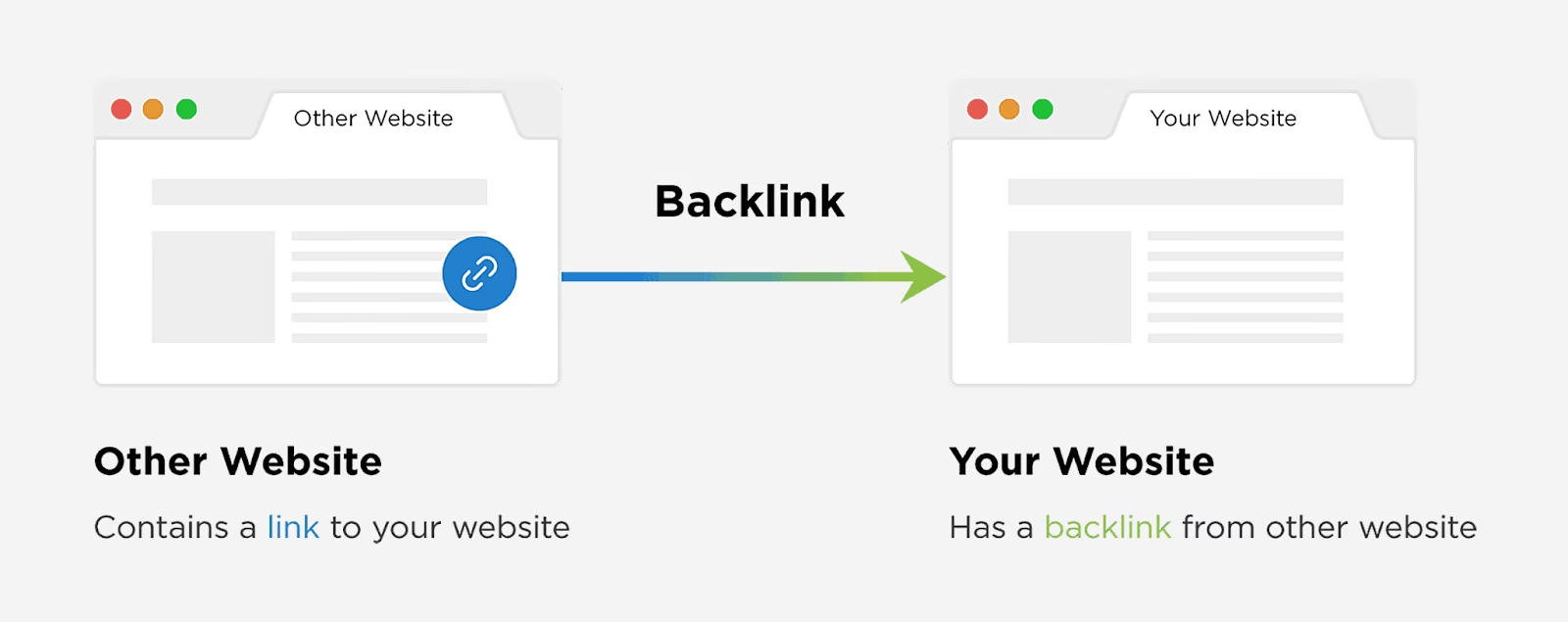
3. What Really Drives These SEO Metrics?
If you want to improve impressions, clicks, rankings, and conversions—your SEO strategy must get its basics right.
Here are the key building blocks that directly impact these metrics:
3.1. Content Quality & Structure
Good content is the heart of SEO. But it’s not just about writing blogs—it’s about answering what people actually search for.
- Write regularly: Publish high-quality blogs, product pages, and guides that match real search intent.
- Use clear structures: Break content into short sections with headings, infographics, and lists to make it easy to read.
- Show related products: If it’s a product page or blog, list similar products (with images) to keep the user engaged.
- Suggest more reading: Add links to related articles at the end of the page to guide visitors deeper into your site.
"Content is the reason search began in the first place."
— Lee Odden, TopRank Marketing
3.2. Smart Keyword Usage
Using the right keywords ensures your content matches what people are actually searching for—not what you think they want.
- Cover all types: Use a mix of short-tail (broad) and long-tail (specific) keywords for balance.
- Prepare for Zero-Click Searches: Some users get their answers directly on the search page (like Google’s snippets or SGE), so your content should include summaries, FAQs, and structured answers that can appear there.
- Build future authority: Even low-volume or niche keywords help your site become a trusted resource over time. Today’s small keywords could drive tomorrow’s big traffic.
3.3. Multiple Content Formats
Today’s search engines favor variety. Mix content formats to cover all touchpoints:
- Video + Blog: A simple how-to video along with a blog post can boost both search and YouTube visibility.
- Infographic + Blog: Graphics explain complex ideas quickly—and Google loves clear, visual content for snippets and zero-click results.
These formats help your brand appear in voice search, snippets, and AI-generated answers—where users often get their answers without clicking any link.
Invest in Zero-Click Content → compound SEO benefits over time.

3.4. Strong Backlink Profile
Backlinks remain one of Google’s top ranking signals. But not all backlinks are equal.
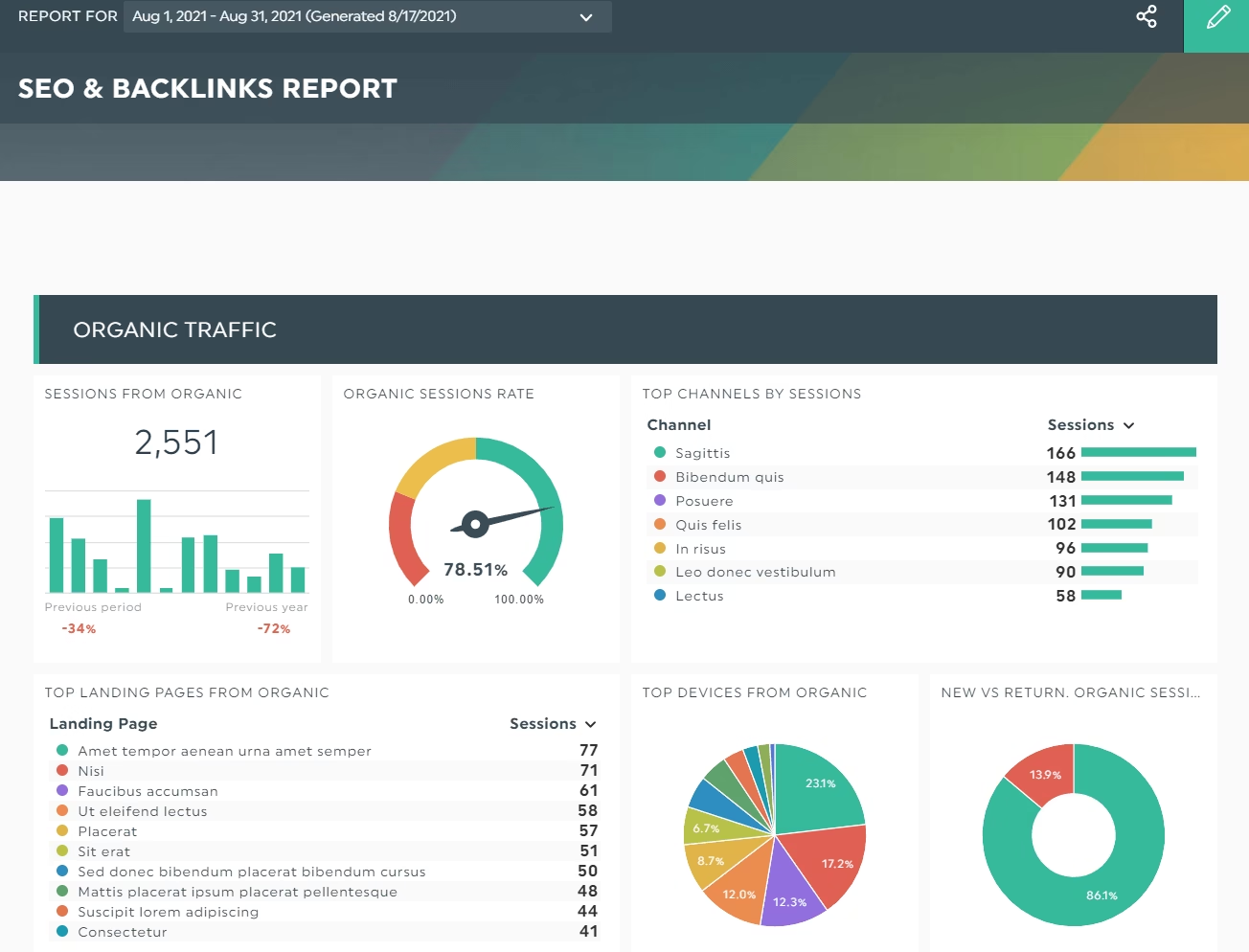
- Earn high-quality links: Focus on getting backlinks from trusted, relevant websites.
- Target niche blogs: Approach blogs and platforms in your industry to build valuable link relationships.
- Leverage partnerships: Collaborate with businesses in related spaces for co-created content or mentions.
- Audit regularly: Check for and remove harmful, spammy backlinks that can hurt your site’s authority.
4. Core Web Vitals to Track For Better Performance
A good SEO strategy isn’t just about great content or smart keywords—it also depends on how technically sound your website is. Without strong technical performance, even the best content may struggle to rank well on Google.
You can monitor these KPIs using tools like Google PageSpeed Insights, Lighthouse, and Google Search Console. Regular improvements in these areas help ensure your website not only meets Google’s standards but also keeps visitors satisfied.
Here are some important KPIs you should regularly track:
4.1. Page Speed & Loading Time
Faster websites are prioritized by Google because they improve user experience. If your page takes too long to load, both users and search engines may abandon it, reducing your ranking potential. Every additional second in load time can result in higher bounce rates and lower engagement.
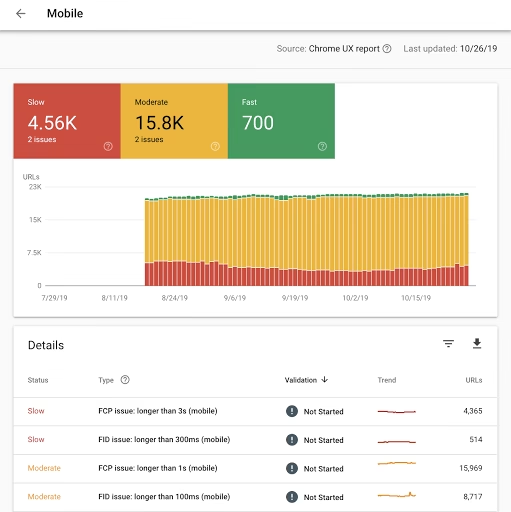
Websites that load quickly offer a better user experience and tend to rank higher in search results. Slow-loading sites frustrate visitors, increasing bounce rates and reducing the chances of conversion.
4.2. LCP (Largest Contentful Paint)
LCP measures the time taken for the largest visible element to fully load. A fast LCP tells Google that your page provides quick, meaningful content to visitors, which helps improve rankings. A slow LCP signals a poor user experience, which can harm organic performance.

4.3. CLS (Cumulative Layout Shift)
CLS checks how stable your webpage layout remains as it loads—avoiding unexpected shifts that confuse or irritate users. A low CLS score ensures smooth navigation, making your page more user-friendly, which Google values for higher ranking positions.
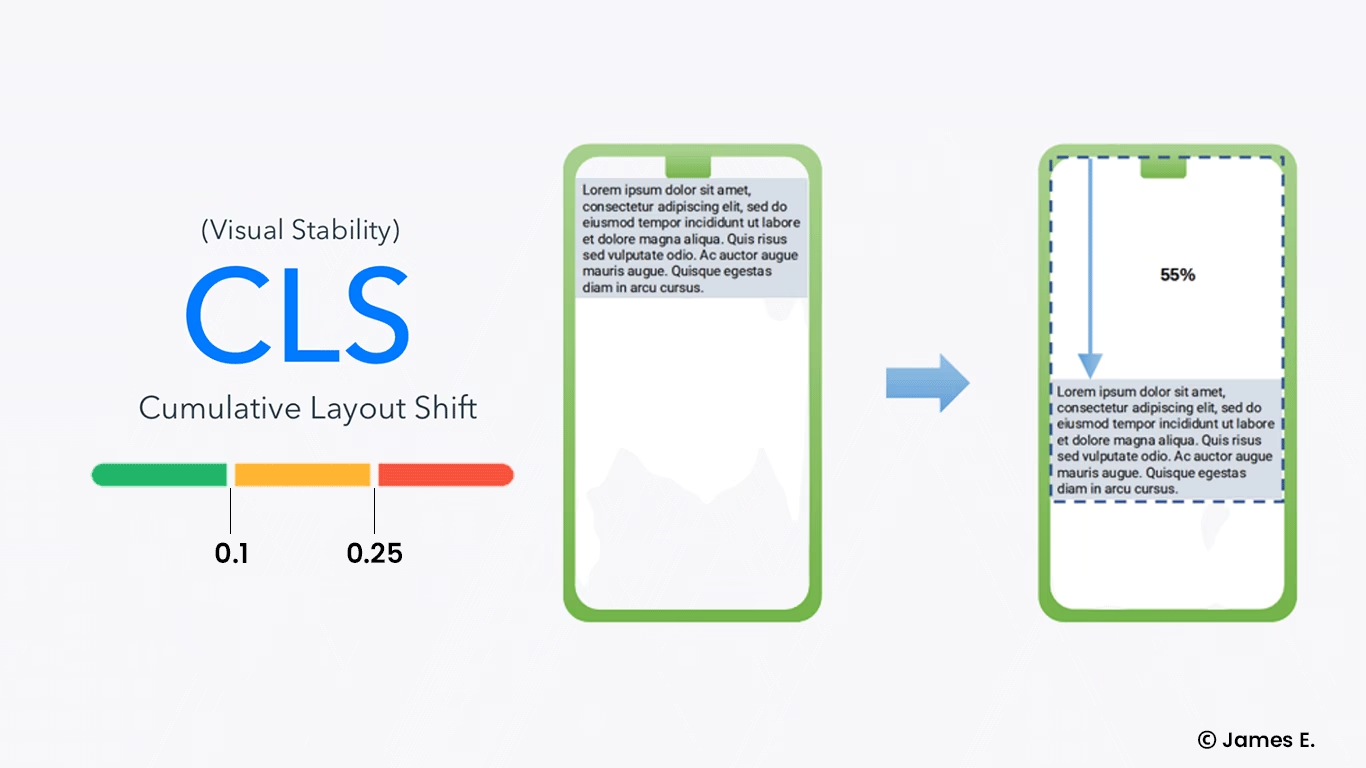
4.4. Mobile-Friendliness
Google follows a mobile-first indexing approach, meaning mobile usability affects how your site ranks—even for desktop searches. If your website isn’t optimized for mobile devices, you risk losing visibility, traffic, and potential conversions in search results.

5. How Gen AI is Changing SEO?
Today, AI tools—especially Large Language Models (LLMs)—are transforming the way brands approach SEO.
With Generative AI powered by LLMs, you can create high-quality content faster, discover the right keywords more easily, and even automate tasks like writing meta descriptions or adding structured data. These tools also help you understand user intent better and make content more personalized for your audience.
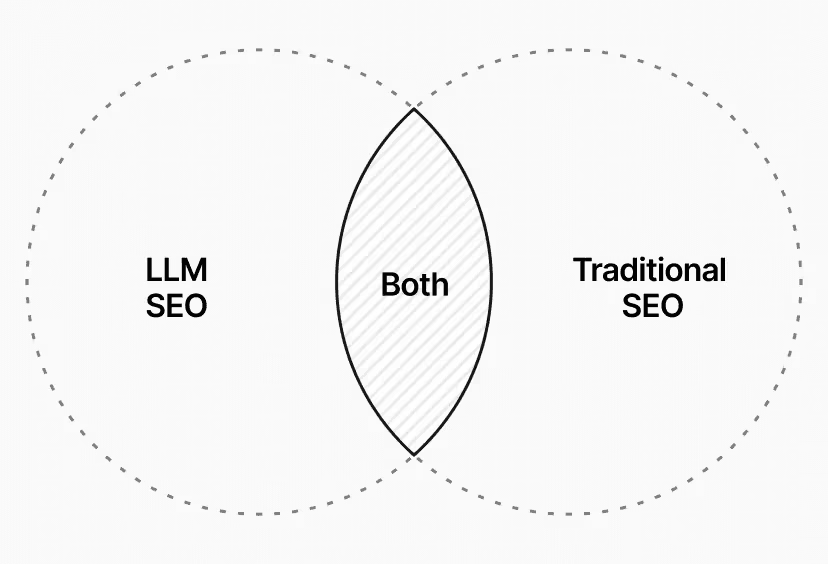
But while these AI-driven methods are new, the core goal remains unchanged: getting more clicks and traffic from Google. No matter how advanced the tools become, Google still measures success by how many people see your page, click on it, and visit your website.
Even in the age of AI and LLMs, driving organic traffic remains the ultimate way to measure SEO success.
Read more – How Is Search Changing With AI?
These AI systems don’t just give you a list—they give you complete answers. This means your website needs to do more than just “rank” high in search results. Your content has to become the answer these AI tools pick, summarize, and show to users.

This changes a lot for SEO and this is what you should do to optimize:
- Build Topic Clusters: Don’t create isolated pages. Instead, cover related topics deeply and link them together. This helps AI understand your authority on the whole subject, not just one keyword.
- Answer Next Questions: LLMs try to answer what users might ask next. Your content should do the same—cover related doubts, FAQs, and details so the AI sees your page as complete and useful.
- Use Multiple Formats: LLMs pull from blogs, videos, and more. Mixing formats (like adding videos or infographics) makes your content fit for these new, AI-powered results—especially for zero-click searches where users get answers directly on the search page.
6. Conclusion
SEO is a long-term growth engine that builds lasting value for your business. By tracking key metrics like impressions, clicks, CTR, and rankings, you ensure that your content doesn’t just exist—it actively drives qualified traffic, reduces customer acquisition costs (CAC), and delivers steady, compounding returns over time.
If you’d like to discuss how we can help enhance your SEO and optimize your strategies, we’d be happy to set up a consultation call. Feel free to reach out to us at alibha@daiom.in.
For more informative content and blog, follow and stay tuned to DAiOM!
Subscribe to our NEWSLETTER!


